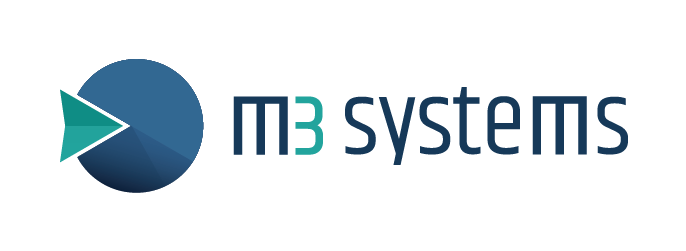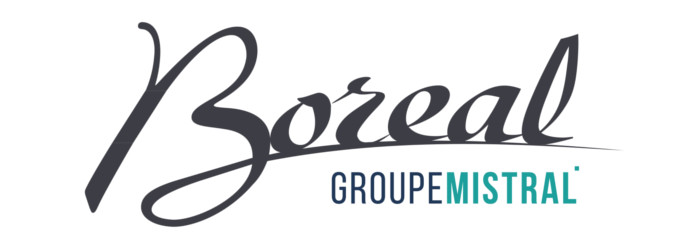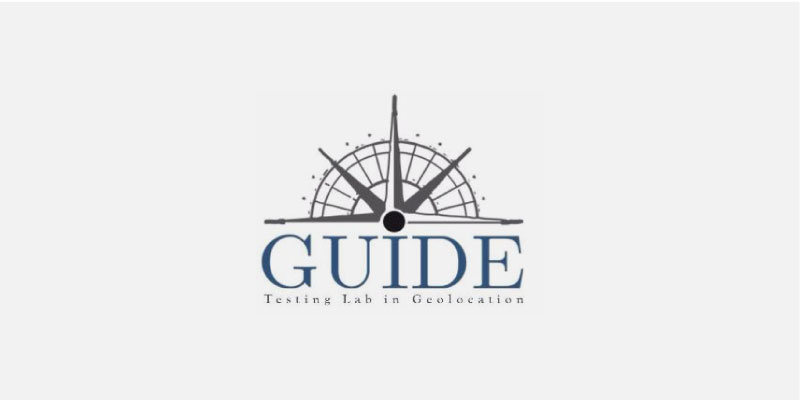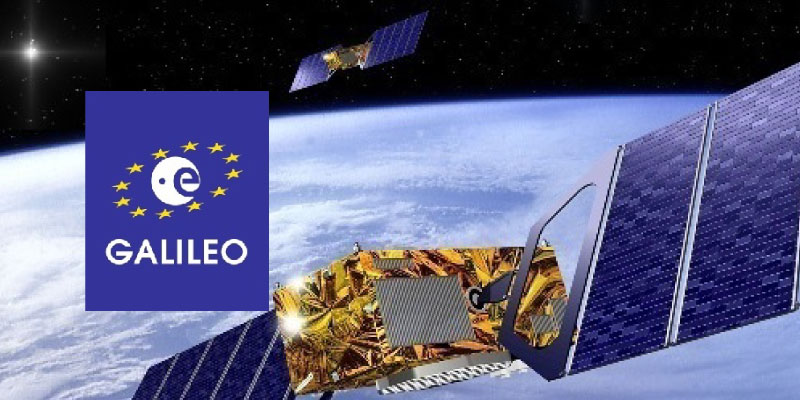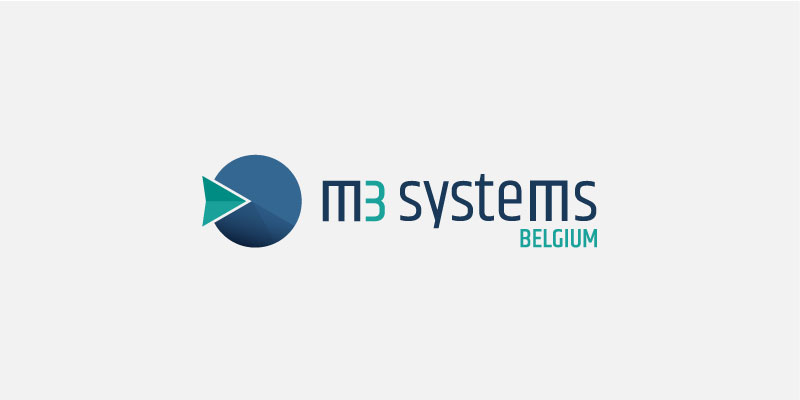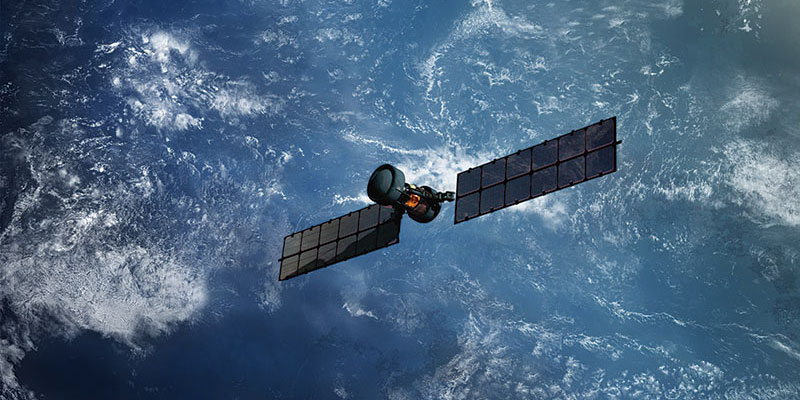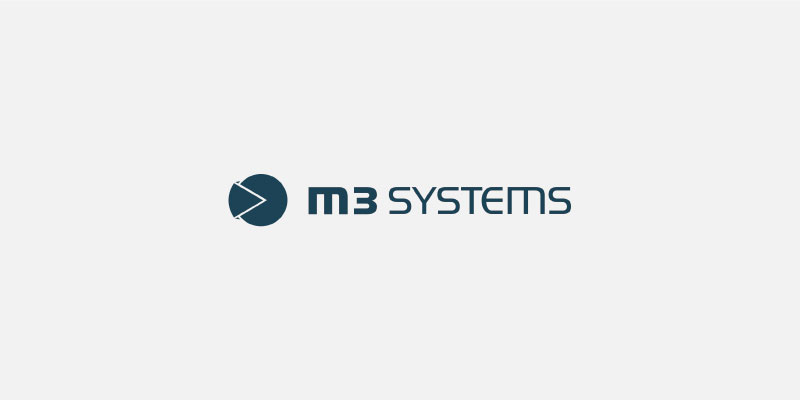M3 Systems accelerates on the international automotive scene by supporting its first Chinese, Russian and American customers. The company is now a reference in the land transport sectors through its software range: StellaNGC.
In 2017, the company won a contract with the Eutelsat satellite operator to provide monitoring equipment for the signals emitted by the EGNOS GEO-3 payload of the EGNOS V3 programme.
In 2016, a first activity in the railway sector allowed us to collect GNSS data on the Toulouse-Rodez railway line as part of the Geofer project, co-funded by the Occitania Region. That same year, M3 Systems also won the SKYOPENER project on behalf of the GSA, which aims to study the integration of drones into the airspace, along with the Mistrale project, aiming to study GNSS reflectometry with the help of drones.
In 2015, the Boreal company (manufacturer of long-range drones) joined the MISTRAL Group consisting of M3 Systems France and M3 Systems Belgium.
In 2013, the first StellaNGC GNSS simulation product was sold to the ESSP (European Satellite Services Provider) which opened the way for this product line to be sold from 2015 onwards to a number of industrial groups in the automotive sector. This was a result of the partnership initiated a few years previoiusly with the National Instruments Corporation based in Texas.
In 2012, collaboration with the CEA (French Alternative Energies and Atomic Energy Commission) with the MIMOSA project allowed to explore GNSS hybridisation with inertial and vision sensors (SLAM – Simultaneous Localization and Mapping) inorder to achieve the performance levels required for autonomous vehicles.
In 2011, M3 Systems distinguished itself by proposing to GSA (the European Global Navigation Satellite Systems Agency) an innovative concept for remote positioning using Galileo encrypted signals (PRS – Public Regulated Service) with the ULTRA project. This project will open up new perspectives for applications and will give rise to a large number of projects in Europe.
In 2010, Marc Pollina created the GUIDE Association, a GNSS metrology laboratory which became a cooperative society in January 2018 with the following members: CGX, GEOSAT, M3 Systems, OKTAL-SE, Silicom and Teria.
For the 10-year anniversary of the company, in October 2009, a demonstration of autonomous vehicles using GNSS and EGNOS was organised at the Cité de l’Espace space museum in Toulouse, France, with the Robosoft company, as part of the CTS-SAT project.
In January 2006, M3 Systems demonstrated an innovative device allowing to record signals sent by Giove-A (Galileo In Orbit Validation Element), the first Galileo satellite. This was the first step towards a product for the recording and playback of GNSS signals.
Still in 2005, M3 Systems gained visibility by winning two European projects: AIRNET (Geolocation of airport vehicles) and MITRA (Monitoring & Intervention for the Transportation of Dangerous Goods). At the same time, the company was involved in performance studies for the future EGNOS systems and participated in the implementation of integrity algorithms defined by Civil Aviation standards. These algorithms were implemented in the airport vehicle geolocation solution which would then give birth to the e-TrackAir product.
In 2005, the M3 Systems Belgium subsidiary was created, specialising in the fields of air traffic control and GNSS applications. Over the years, a high level of expertise has been developed in the field of air traffic flow management that has made it possible to make proposals for innovations which will be the basis of new European systems for air traffic management developed as part of the SESAR programme.
In 2001, the CNES French National Space Agency asked M3 Systems to carry out a first study on Galileo signals, this was the beginning of the company’s GNSS activities. In 2003, M3 Systems obtained a contract with EUROCONTROL to develop new concepts for the monitoring of ground movements in airports (A-SMGCS – Advanced-Surface Movement Guidance and Control System) which were then deployed in the main European airports. In this way our company has contributed to improving safety and efficiency in airports.
After this first experience, he created M3 Systems on October 22nd 1999 and started to work on projects in the field of air traffic control with EUROCONTROL and satellite radio navigation with the European Space Agency.
